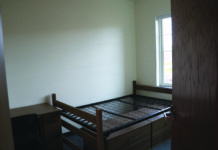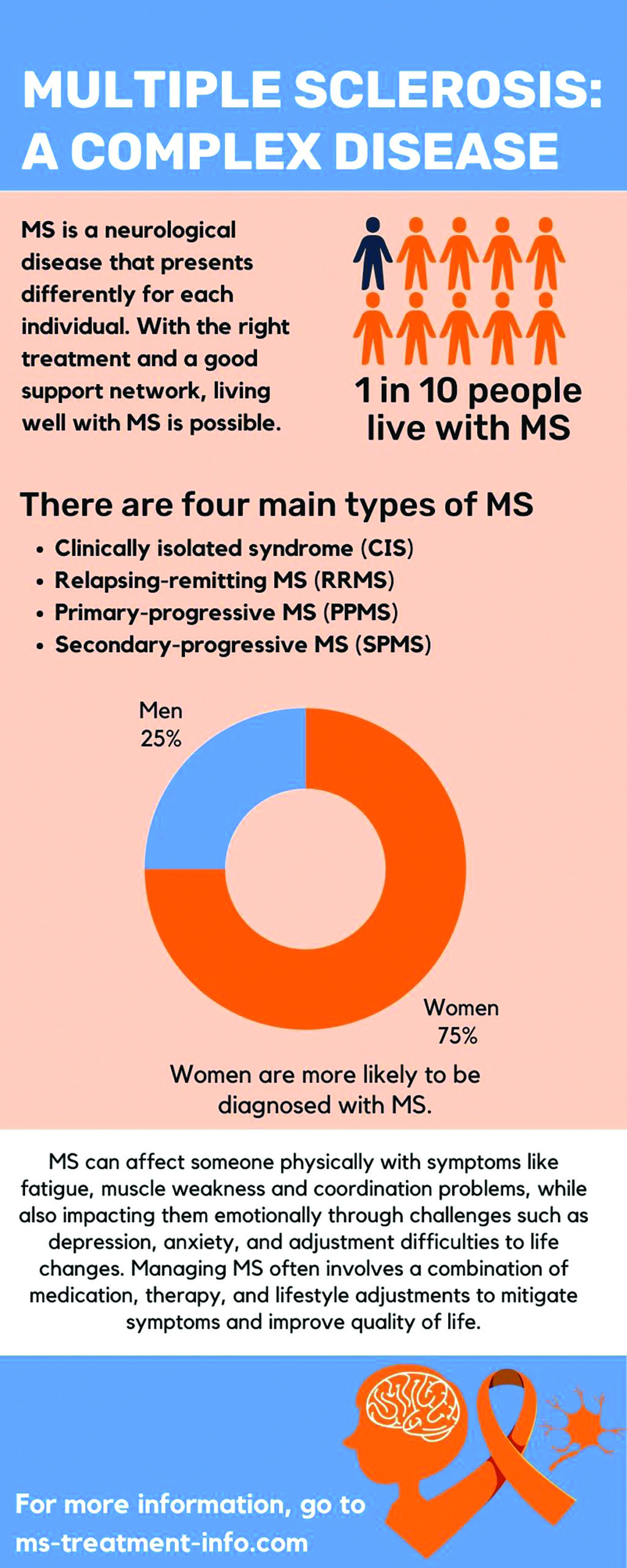It’s 3 a.m. You haven’t slept in 28 hours and you’ve got 32 ounces of energy drink streaming through your blood. There are six hours until your first midterm of the semester. There’s no time to lose now, the clock is ticking and you must learn an entire semester’s worth of material before your nine a.m.
Chances are if you have made it to college, you’ve been in that position. But when making time to study for exams, it is important to start early. Let’s say you have ten chapters to study for your midterm. Studying all ten of those chapters in one night is a much more daunting task than studying one or two chapters a night, over the course of a week. Your brain has a limited capacity for the material it can store at once. This method breaks up the information so that you can retain more and, therefore, score higher on your exams.
While it seems like the obvious answer, this method eliminates procrastination, which sounds like a good thing. However, many students use procrastination as a crutch to motivate them. The closely approaching test dates provide the pressure these students need to actually sit down and study. So what other ways can you get inspired to study without waiting until the last minute?
One of the most vital parts of being motivated is studying in a productive workspace. If your physical space is surrounded by clutter and mess, your mental space will likely also feel cluttered. At Colorado Mesa University, Tomlinson’s Library isn’t the only place to study. There are good options like the University Center, such as the Starbuck’s study area and a place in Escalante Hall, near the staircase. If your room is tidy and quiet, it may also be a useful option for studying. If you do choose to study at home, opt for studying at a desk or table and try to avoid studying in bed, which will make you groggier.
Another key factor in deciding where to study is determining how much noise you need to concentrate best. If you desire near-silence, the library may be the best option. Conversely, if you like bustling places, maybe some places in the UC will work best for you. Another tactic many students use to add noise to their work environment is music. But, if the music is too distracting, try playing rain or storm sounds in the background. These provide white noise, without demanding a lot of your attention.

The last step in creating a study space for yourself is eliminating any miscellaneous distractions. It’s time for what is probably the most repeated advice for our generation, put your phone away. That doesn’t mean flip your phone over and proceed to check it every three minutes. Turning your phone completely off and placing it in your book bag or somewhere out of vision will keep you from constantly wondering what your friends are saying every time a notification shows up on your lock screen.
Once you’ve established a work-worthy environment, you can work on studying. But studying in large blocks, even if they are only an hour or so, will be hard for your concentration. Taking a five to ten-minute break for every 20 to 30 minutes of studying will allow your brain time to refocus itself. These breaks can be spent doodling, watching short videos or any other activities that don’t require a lot of thinking.
Breaking up your studying and keeping a work-inducing environment will make concentrating on your midterm study sessions a lot easier. You’ll be able to take in more information more effectively and score better.





